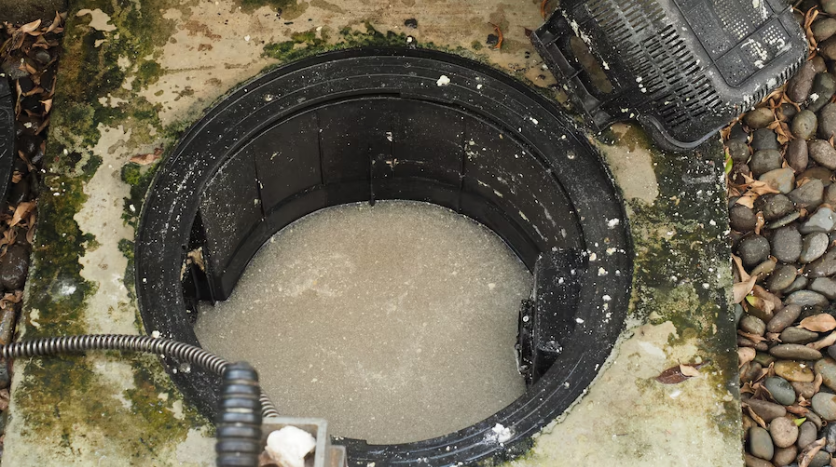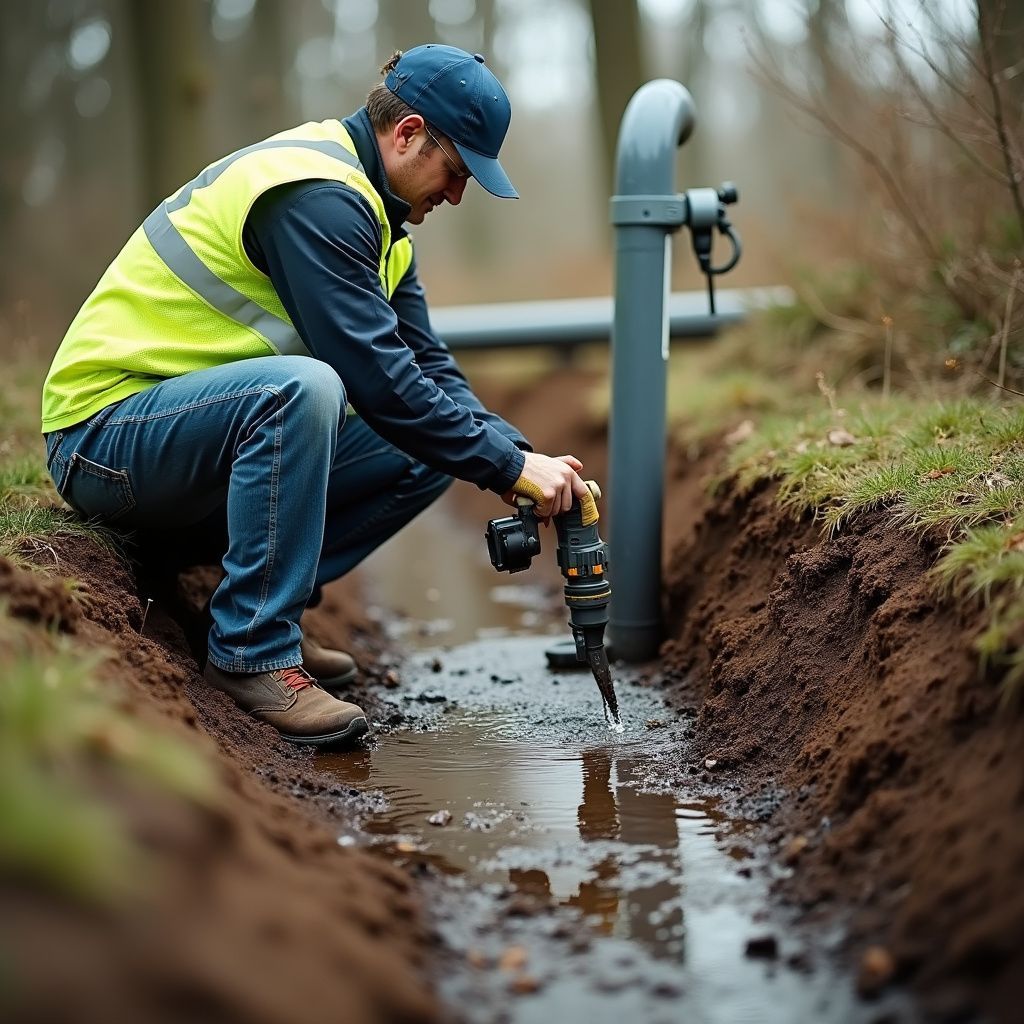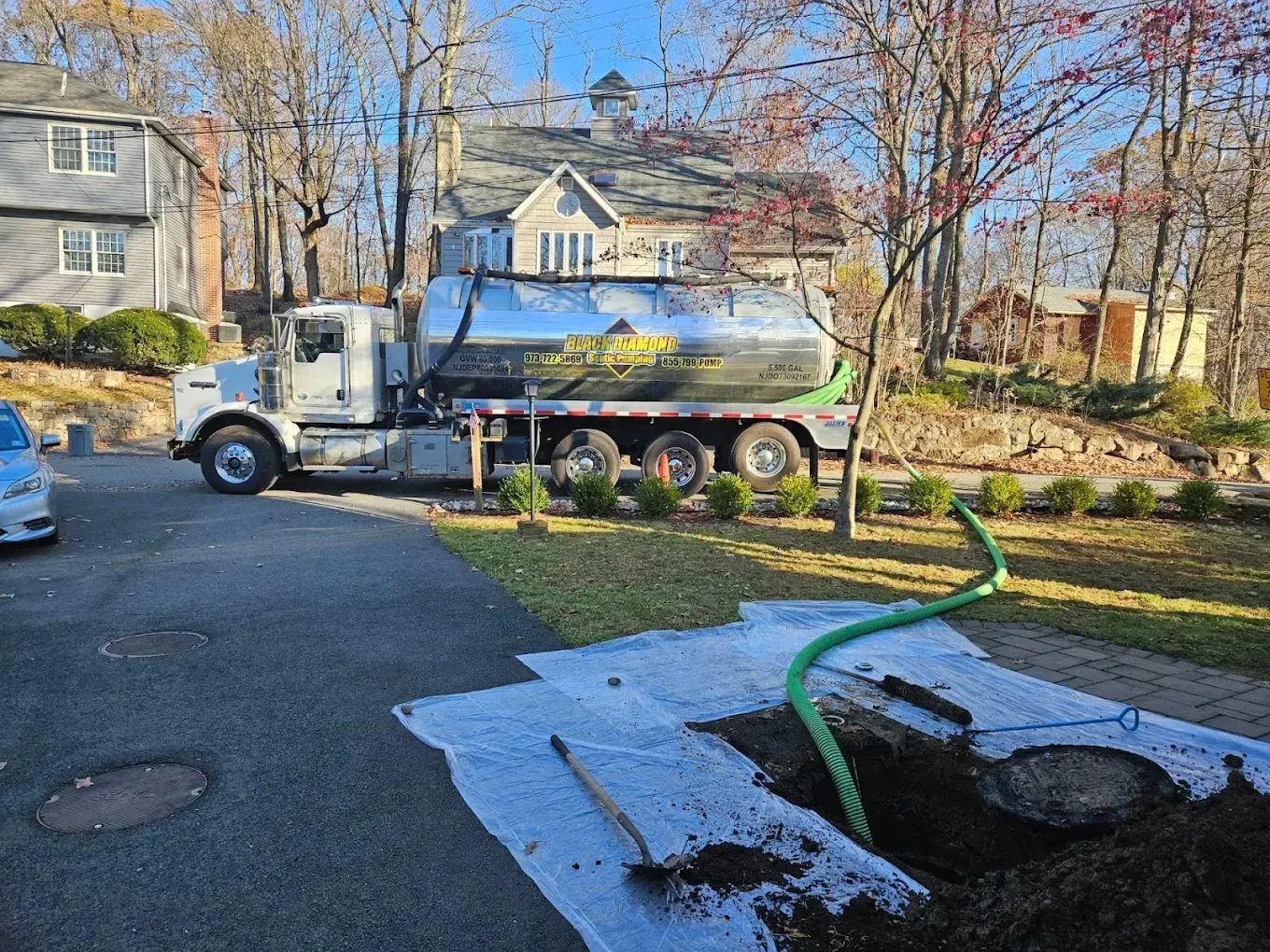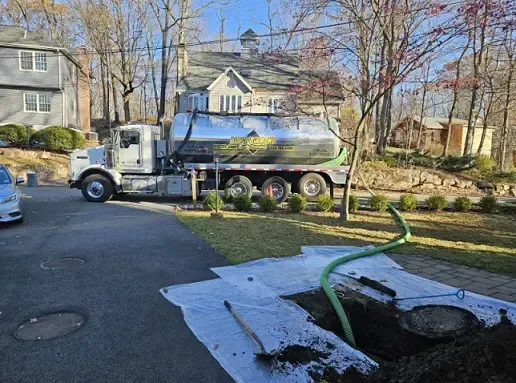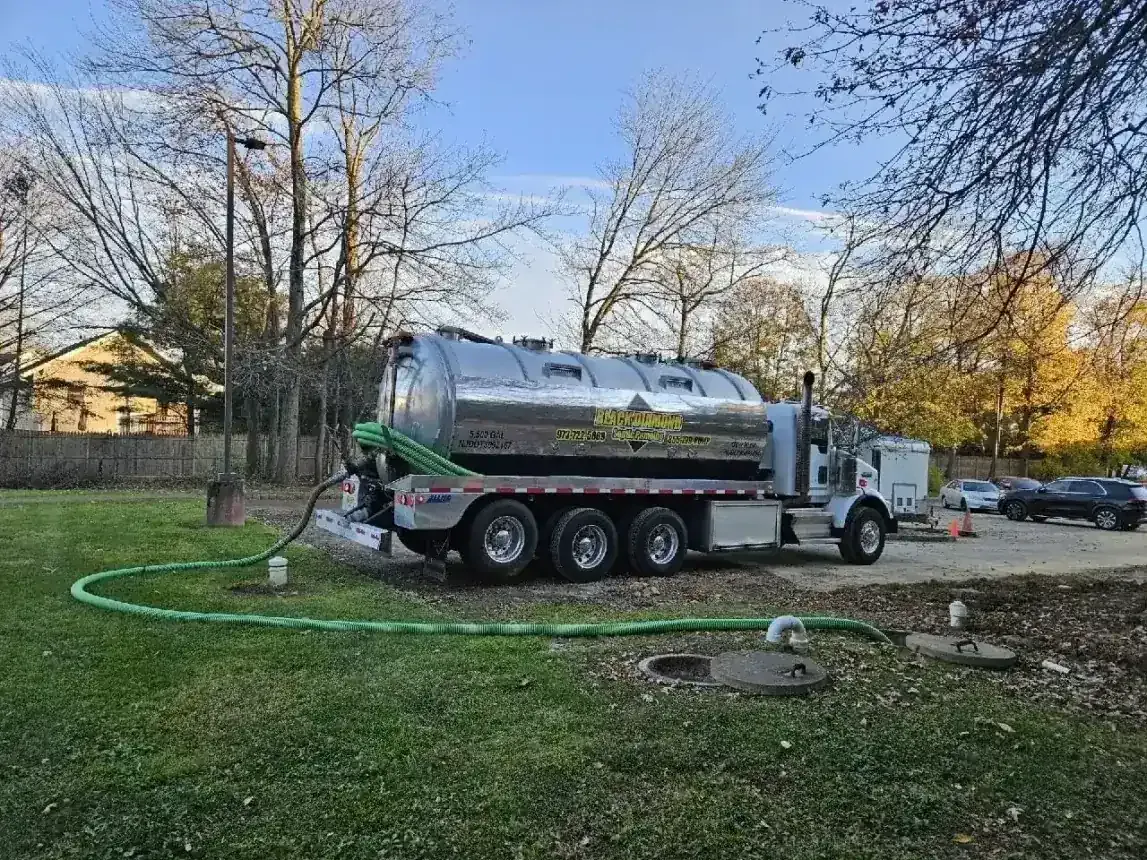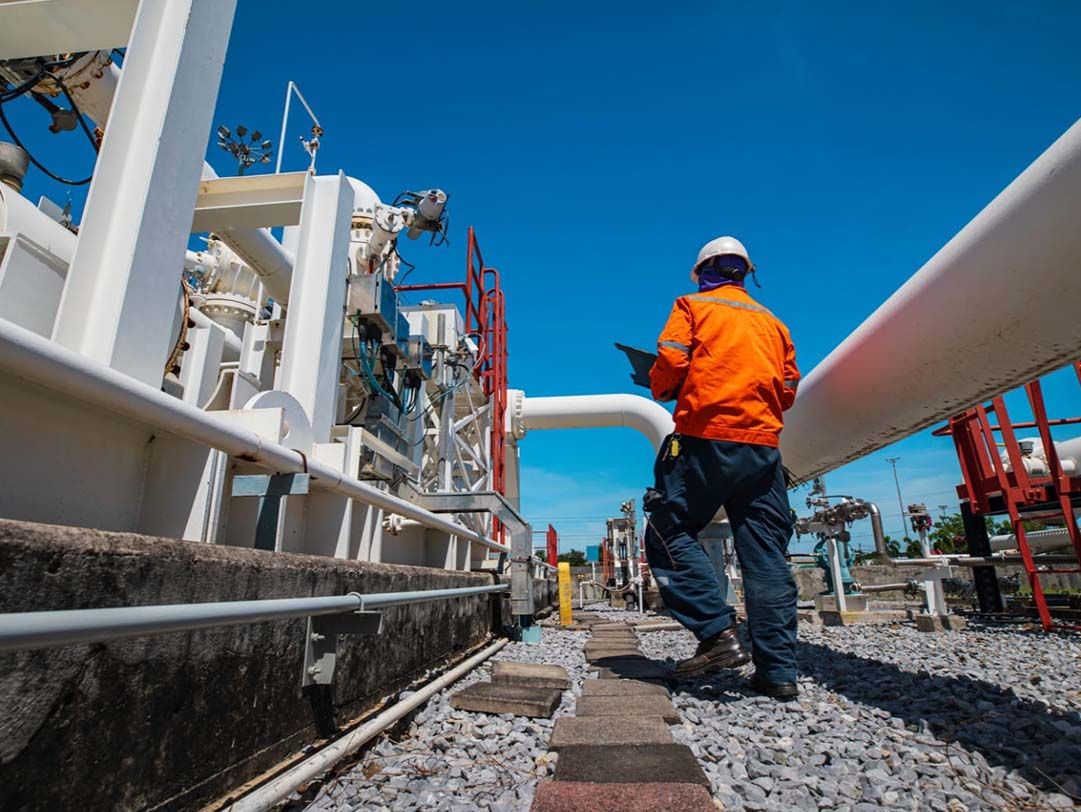Signs Your Septic Tank Needs Pumping: What Homeowners Should Know?
Signs Your Septic Tank Needs Pumping: What Homeowners Should Know?
For most of us, our septic system is out of sight, out of mind. We flush, we shower, we run the dishwasher, and we trust that everything is working as it should, deep beneath that green patch of lawn. It’s a quiet, hardworking underground hero. But like every hero, it has its limits. And when it’s reaching its capacity, it starts sending signals - first as subtle signs, and if ignored, as full-blown, major disasters.
For twenty years, Black Diamond Septic Pumping has been the trusted name for New Jersey homeowners, from Sparta to Florham park, identifying those signs before they become emergencies. We’ve seen it all, and we’re here to help you decode what your septic tank is trying to tell you.
Here are the seven most common signs that your septic tank is crying out for a pump.
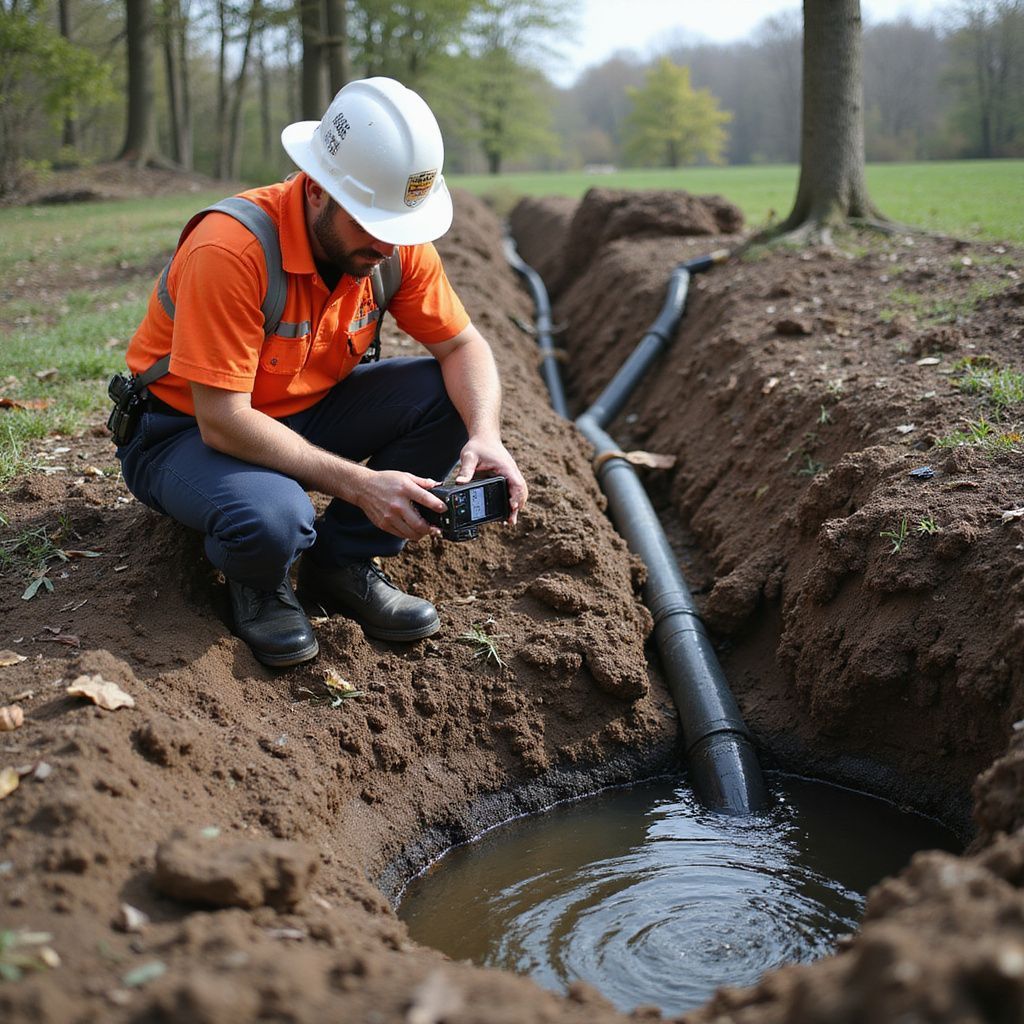
1. The Obvious One: Water Pooling
This is the scream you can’t miss. If you’re seeing standing water, or worse, sewage, pooling over your drain field - that area of your yard where the treated water is released - it’s a major red flag. Not a post-storm damp spot, we’re talking about soggy, smelly patches of grass with unusually lush, green growth right above the spot.
Solid sink to the bottom of your septic tank, scum floats to the top, and the relatively clear water in the middle flows out to the drain field. When the tank is full, there’s no room for this process. The excess waste has nowhere to go but out, clogging the pipes leading to the drain field and forcing this nasty backup to the surface. When you see this, don’t wait - that’s a 24-hour emergency situation, and we’re here for you.
2. Foul Odors
This is a tell-tale sign that can potentially become ominous if not duly tackled. A healthy, properly functioning septic system is designed to contain odors. So, if you’re getting a whiff of something foul—a distinct, sewer-like smell—either inside your house or, more commonly, out in the yard near the tank or drain field, pay attention. It’s the first, and often the most persistent, sign that things are out of balance down below.
Inside, you might notice it when you run a specific faucet or flush a particular toilet. Outside, it might hit you on a warm, humid New Jersey evening. That smell is methane gas and other unpleasantness escaping from an overburdened system.
3. Slow-Moving Drains & Pipes
You’ll notice this one in your daily routine. A slow-draining sink, a tub that takes forever to empty, or a toilet that gurgles and burbles after you flush. Now, sometimes a single slow drain is just a localized clog—a bit of hair in the shower drain, for instance. But if you’re seeing this happen consistently across multiple fixtures in your home—the kitchen sink, the guest bath toilet, the laundry room drain—that’s a systemic issue.
It points to a main line blockage, likely caused by a septic tank that’s full to the brim and can’t accept any more water. The waste has nowhere to go, so it backs up into the pipes leading from your house. It’s a traffic jam, starting in your tank and backing up all the way to your drains.
4. Gurgling Noises
Your plumbing should be relatively silent. Sure, there’s the whoosh of a toilet flush and the rush of water down a pipe, but it shouldn’t sound like a sci-fi movie. Listen for gurgling, glugging, or bubbling noises coming from your drains, especially when you’re running water in another part of the house. You might flush a toilet and hear the shower drain gasp for air.
These sounds are caused by air trapped in your plumbing system. When the septic tank is overloaded and the pipes are struggling to drain, air bubbles get forced back up through the system, creating this unsettling soundtrack.
5. Sewage Back-up
A sewage backup is the most direct and unpleasant message your septic system can send. This is when raw sewage comes back up into your home, typically through lowest drains like a basement floor drain or a downstairs shower. It’s a health hazard, it’s a mess, and it’s a definitive signal that your septic system has reached a critical state.
At this point, the tank is so full that incoming waste has literally nowhere else to go but back the way it came. This is a major emergency that requires immediate professional attention. It’s not a DIY situation—it’s a "call Black Diamond right now" situation. We’re on call 24/7 for exactly these kinds of crises.
6. Lush Green Grass in Your Lawn
Remember that drain field we talked about? Under normal circumstances, it should be indistinguishable from the rest of your yard. But when a septic tank is full and releasing nutrient-rich, untreated wastewater into the drain field, it acts as a super-fertilizer. You’ll often see one specific patch of your lawn that is startlingly, unnaturally green, lush, and growing faster than anywhere else.
It looks healthy, but it’s a deception. It means that the system is so saturated it’s leaching waste too close to the surface. It’s a sign of over-saturation, and if left unchecked, it will quickly lead to the standing water and odors we discussed earlier.
7. It’s Been Over 2-5 Years Since the Last Pump
This last one is the quietest of all—it’s the absence of a sign. The truth is, sometimes a septic tank gives no obvious warning before it fails. The most common reason for a failure? Simple neglect. The average New Jersey household needs its septic tank pumped every 2 to 5 years, depending on the tank size and the number of people in the home.
If you can’t remember the last time you had it pumped, or if it’s been more than five years, you’re rolling the dice. Waiting for a sign is a risky strategy. Proactive pumping is far cheaper, and far less stressful, than emergency repairs and cleanup. Think of it as essential, preventative maintenance for your home.
Don’t Ignore These Signs
Your septic system is a workhorse, but it’s not invincible. It relies on you to notice these signs and act. Ignoring the slow drains or the faint odor might seem like a way to save money today, but it will inevitably lead to a much larger, more expensive problem tomorrow—the kind that ruins your day, your yard, and your budget.
With two decades of experience serving every corner of New Jersey, the team at Black Diamond Septic Pumping has the expertise and the emergency response capability to handle your septic needs, big or small. From a routine pumping and baffle cleaning to a complex sewer camera inspection to pinpoint a problem, we’re your local partner.
Don’t let a small issue become a catastrophic backup. If any of these signs sound familiar, give us a call. Let’s get your system back to being the silent, dependable hero it’s meant to be.
Recent Posts
